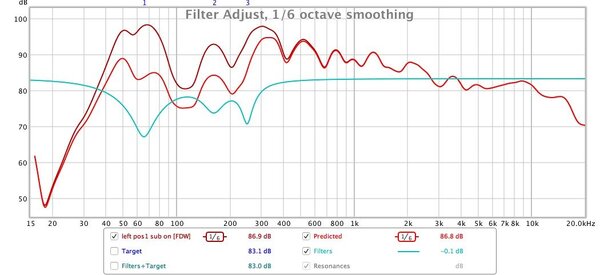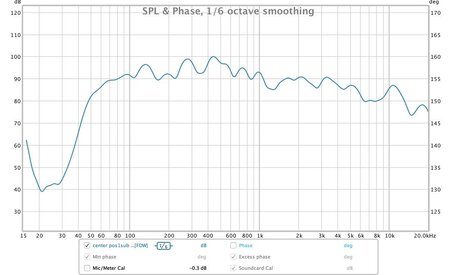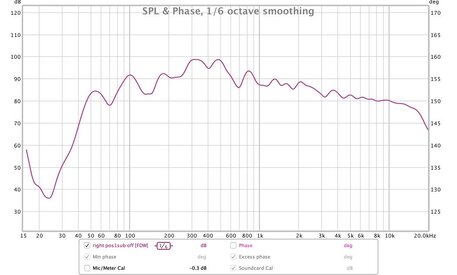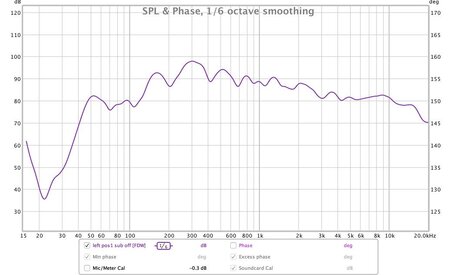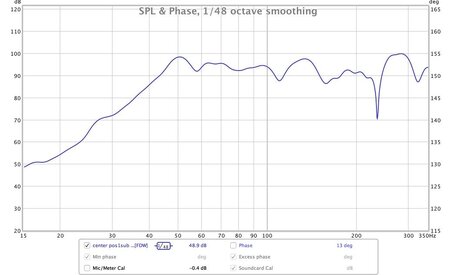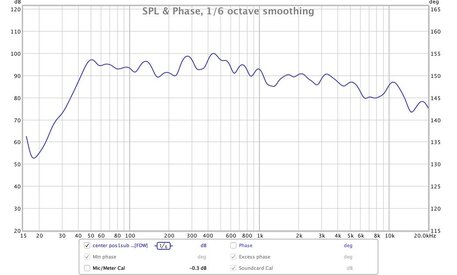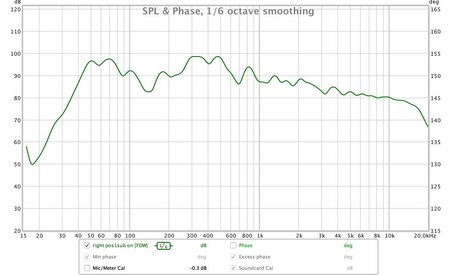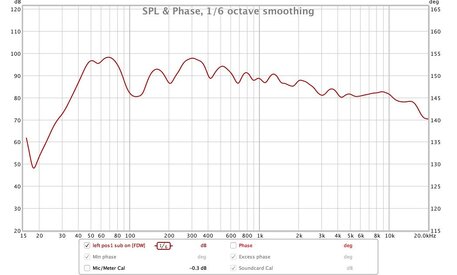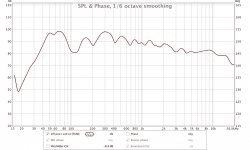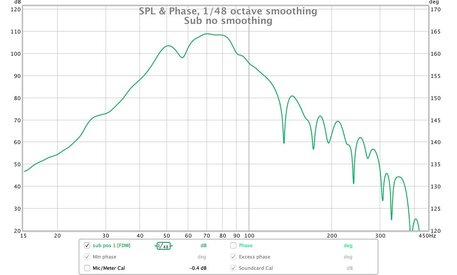Hello,
What a fantastic thing...REW and room correction. My 5.1 tv room is a Meridian DSP in wall system, with a James inwall analogue sub.
I have taken measurements with a Umik-1 90 degrees cross spectrum labs calibrated mike.
I wanted to check with the experts on my methodology and results
The Meridian G68 processor only builds filters from 20-250 hz. So I built filters based on measurements taken for each speaker separately. Is this correct that I would not combine the sub to build filters, and make filters for the sub by itself too? What about surrounds? I would think surrounds do not need to have peq. Only SPL measurement would matter.
Another question is, do I need to set the target level for each speaker or do I keep it the same for all speakers?
I let REW build the filters. The bass is more integrated and overall the sound is not as localized as it was. The sound seems to be less directional and the dialogue is more intelligible.
Would RTA measurements with pink noise be helpful. I did sweep measurements with acoustic timing reference...
I have posted my measurements and just one channel with the REW filters. Comments would be most appreciated as I am only getting my feet wet with REW.
Thanks much...
Ian S.








What a fantastic thing...REW and room correction. My 5.1 tv room is a Meridian DSP in wall system, with a James inwall analogue sub.
I have taken measurements with a Umik-1 90 degrees cross spectrum labs calibrated mike.
I wanted to check with the experts on my methodology and results
The Meridian G68 processor only builds filters from 20-250 hz. So I built filters based on measurements taken for each speaker separately. Is this correct that I would not combine the sub to build filters, and make filters for the sub by itself too? What about surrounds? I would think surrounds do not need to have peq. Only SPL measurement would matter.
Another question is, do I need to set the target level for each speaker or do I keep it the same for all speakers?
I let REW build the filters. The bass is more integrated and overall the sound is not as localized as it was. The sound seems to be less directional and the dialogue is more intelligible.
Would RTA measurements with pink noise be helpful. I did sweep measurements with acoustic timing reference...
I have posted my measurements and just one channel with the REW filters. Comments would be most appreciated as I am only getting my feet wet with REW.
Thanks much...
Ian S.
